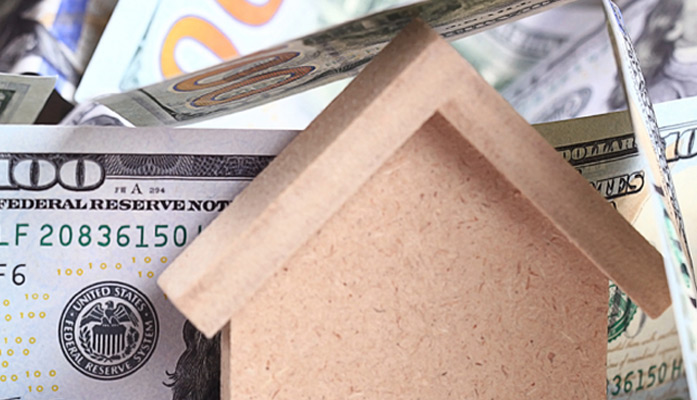Despite all the talk about energy efficiency, most buildings in the U.S. are leaky. Way too leaky. According to Department of Energy (DOE) statistics, air leakage accounts for 40 percent of energy costs for commercial buildings. That means nearly half your monthly energy bill is spent on escaping heated or cooled air. That’s a lot of money to let leak away.
Although increasing efficiency of wall and roof insulation can help with energy costs, there are limits to what it can achieve in curbing heating and cooling costs. It would be great if we could just seal your building up in a gigantic zipped bag, but until we find a giant zipper manufacturer, that’s not too practical.
The first step to better sealing your building is identifying where leaks occur. Doors and windows are the most obvious culprits for energy loss, but hidden leaks are actually a much greater concern. Some building materials are inherently more susceptible to leaking than others, and most buildings have dozens of tiny openings (electrical conduits, skylights, plumbing, vent pipes, etc.), all of which can contribute to air loss.
TESSERE considers a number of choices of air barrier systems when designing or renovating your building. These barriers create a continuous seal, which not only boosts overall energy efficiency, but eliminates the chance that moisture can become trapped within the structure. Moisture is a breeding ground for mold, decreases the R-value of insulation, and brings on more rapid deterioration of building materials.
The National Institute of Standards and Technology (NIST) estimates that air barrier systems can result in energy savings of up to 37 percent. Air barrier systems may be your best long-term solution to decreased energy costs, contributing to your bottom line.




